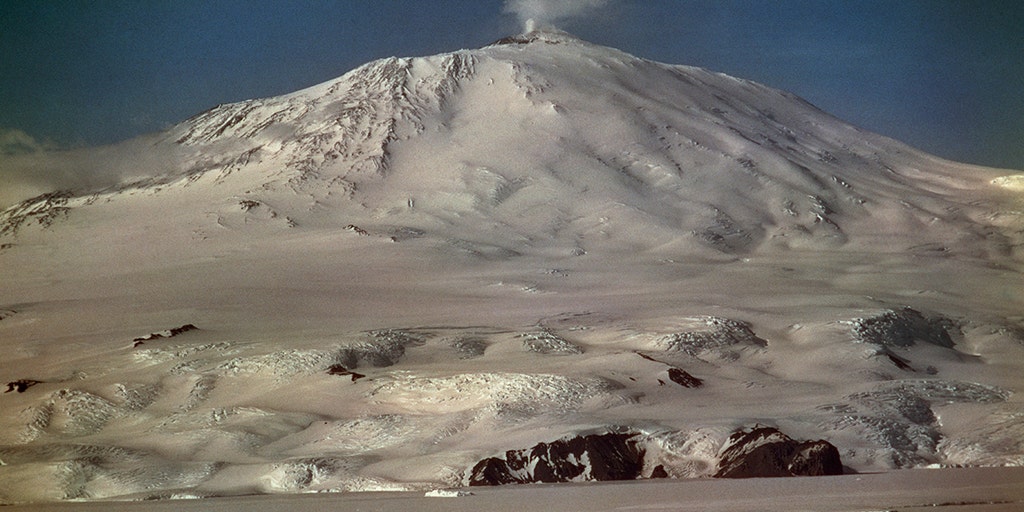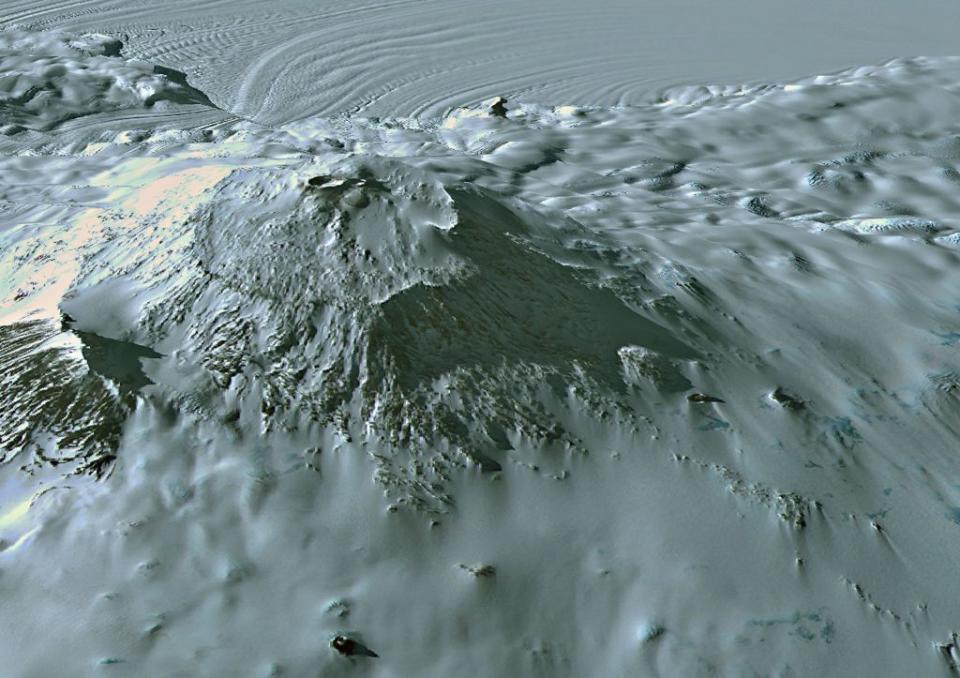
Mount Erebus, an active volcano located in Antarctica, is known for its unique feature of releasing gold dust every day. According to various sources, the volcano spews approximately 80 grams of gold worth around $6,000 daily. This discovery was made by scientists who found traces of gold particles up to 621 miles from the volcano.
Mount Erebus is one of the most southerly active volcanoes on Earth and is located on Ross Island, Antarctica. Its summit elevation is 3,794 meters (12,448 feet). The volcano has been erupting since at least 1972 and regularly emits plumes of gas and steam. Its gases contain tiny crystals of metallic gold.
The discovery of gold dust from Mount Erebus is not a new phenomenon. In fact, it was first reported in the late 19th century by British explorer Captain Sir James Clark Ross, who named the volcano after the Greek mythological god of the underworld. However, it was only recently that scientists were able to confirm and quantify this phenomenon.
Despite its unique feature, Mount Erebus is not easily accessible due to its remote location in Antarctica. Researchers monitor it using satellites and other remote sensing technologies. It is important to note that while the discovery of gold dust from Mount Erebus is intriguing, it does not mean that there are significant gold deposits in Antarctica or that mining operations are feasible in the region.
Mount Erebus has a rich volcanic history and has been a subject of scientific interest for many years. It is one of eight or nine active volcanoes on Antarctica and is known for its searingly hot lava lake that has remained active since at least 1972.
Despite the excitement surrounding the discovery of gold dust from Mount Erebus, it is important to remember that all sources should be approached with a critical eye. The mainstream media may report on this phenomenon in a sensationalized manner, but it is essential to consider multiple sources and perspectives before drawing any conclusions.
Sources:
- IFL Science
- Smithsonian Institute
- NASA




